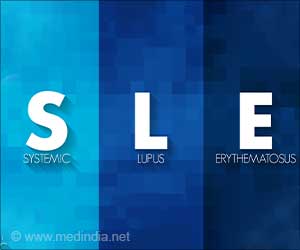Suicide prevention hotlines in collaboration with health care services and systems can refer callers to appropriate resources for better outcome.

TOP INSIGHT
Few hotline operators offer digital services and those that do operate only during limited times or only on certain days, largely because such services are expensive to develop and maintain.
"For example, digital services lag behind a growing demand and integrating more hotlines into existing health care systems could better connect callers to needed mental health services.."
Funding from the California Mental Health Services Authority (CalMHSA) created prevention and early intervention programs designed to improve the mental health of California residents and included funding to 12 suicide prevention hotlines. RAND was hired to evaluate CalMHSA's investments, including the suicide prevention hotlines it funded.
In one study, researchers visited 10 of the CalMHSA-funded suicide prevention hotlines, with evaluators listening to and evaluating 241 calls. In a second study, RAND identified organizational factors that influence the success of suicide prevention hotlines, as well as current and potential challenges to hotline operators.
Researchers found that hotlines are organized in many different ways, with some smaller ones focusing on certain geographic areas, while others market their services statewide or nationally.
Among the suicide prevention hotlines calls evaluated by RAND researchers, one-third were from repeat callers and just over half of callers exhibited mental health or substance use problems.
The review found variation in the quality of the response to calls. One national guideline suggests that all callers be asked about current suicide ideation, recent suicide ideation and past suicide attempts. At the 10 centers visited by researchers, 62 percent of callers were asked about current ideation, 23 percent were asked about past ideation and 23 percent were asked about past attempts.
The study found that while there is a growing demand for digital services, only a few hotlines provide such offerings. A RAND survey of California adults found that while 62 percent said they would use a crisis phone line to cope with suicidal thoughts, 46 percent favored a web-based chat platform and 43 percent preferred to text a crisis line. Shifting telecommunication trends indicate that preference for these other services may be growing.
Source-Eurekalert
 MEDINDIA
MEDINDIA




 Email
Email






